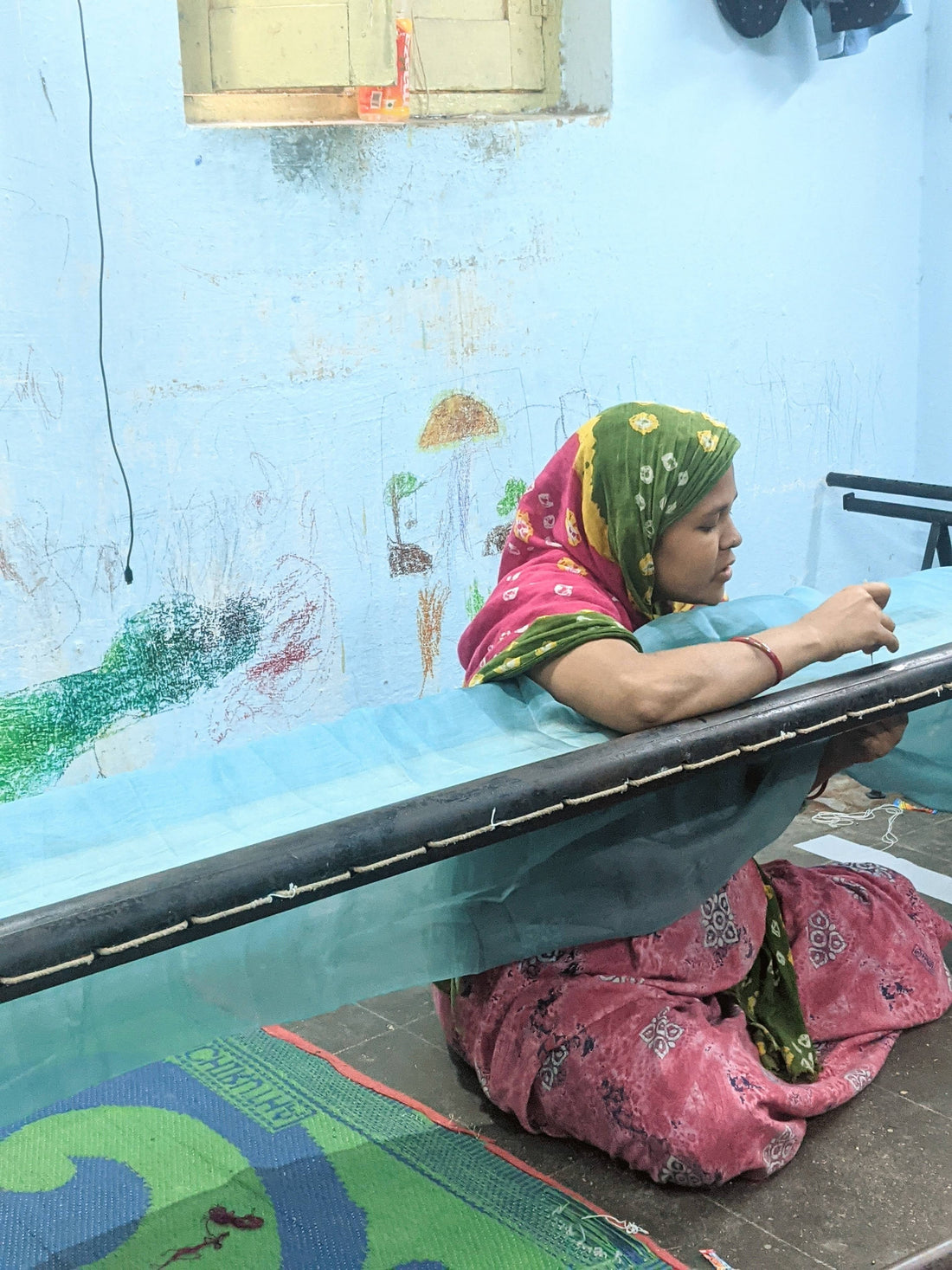
Not Just Fashion, A Cultural Inheritance
In an age of mass production and fast fashion, traditional Indian craftsmanship clothing is disappearing. What was once an integral part of daily life and culture has been pushed to the sidelines, now viewed as niche, expensive, or outdated. Amongst the most vulnerable of these traditions is hand embroidery clothing, a deeply-detailed, time-consuming practice that has been perfected by artisans across India over centuries.
Fashion, as we know it, is going extinct. Not the act of wearing clothes, but the art of making them with meaning.
Somewhere along the way, fashion stopped being about stories and started becoming about speed. Clothes were no longer measured by the time and thought that they took to create, but by how quickly they could hit the racks. This has only led to rob garments of their soul, turning centuries of skilled tradition into a memory. The processes that once defined Indian textiles- slow embroidery, careful fabric selection, and natural dyeing, are now considered inefficient in a market that values turnover more than technique.
Handloom and embroidery have long been a part of India’s identity, not just as decorative arts, but as symbols of self-reliance and resistance. During the freedom movement, homespun fabric wasn’t just a material choice, it was a political act, a way to reject British imports and reclaim local industry. Across regions, craft practices evolved into systems of knowledge and livelihoods, passed down through various generations. They shaped economies and gave people a way to work with dignity and skill. Today, those same practices are at risk, not because they’ve lost value, but because the systems around them have stopped valuing slowness, labour, and tradition.
Prapta, which means “to serve with purpose” " and that’s exactly how its founder approaches her work: not just as a profession, but as a quiet act of preservation. To her, Indian craftsmanship is a living legacy, something too precious to be reduced to museum displays or fading memories. “I’m only trying to do my bit for the world,” she says. “Because if I don’t, then it’ll all go extinct and only be seen in museums.”
At Prapta, every piece is made slowly, intentionally, and with deep respect for the artisan behind it. The embroidery alone can take days. The sourcing of fabrics is deliberate. The making is collaborative. Each design carries the artisan’s effort, pride, and a deep love for a craft that keeps our heritage alive.
With every stitch, Prapta raises a quiet but urgent question:
What would fashion look like if we cared about its roots?
Prapta, an artisanal clothing brand in its truest essence, founded by Rani Mudraboina, was never about fitting in, it was about standing for something. The brand began as a personal commitment to honour craft, not as a commodity, but as a cultural inheritance. To centre artisans as collaborators, not just labour.
When we forget how things are made, we forget who we are.
Here at Prapta, we aim to remind you that the threads of our past aren’t museum pieces; they belong in what we wear, how we live, and what we value.
